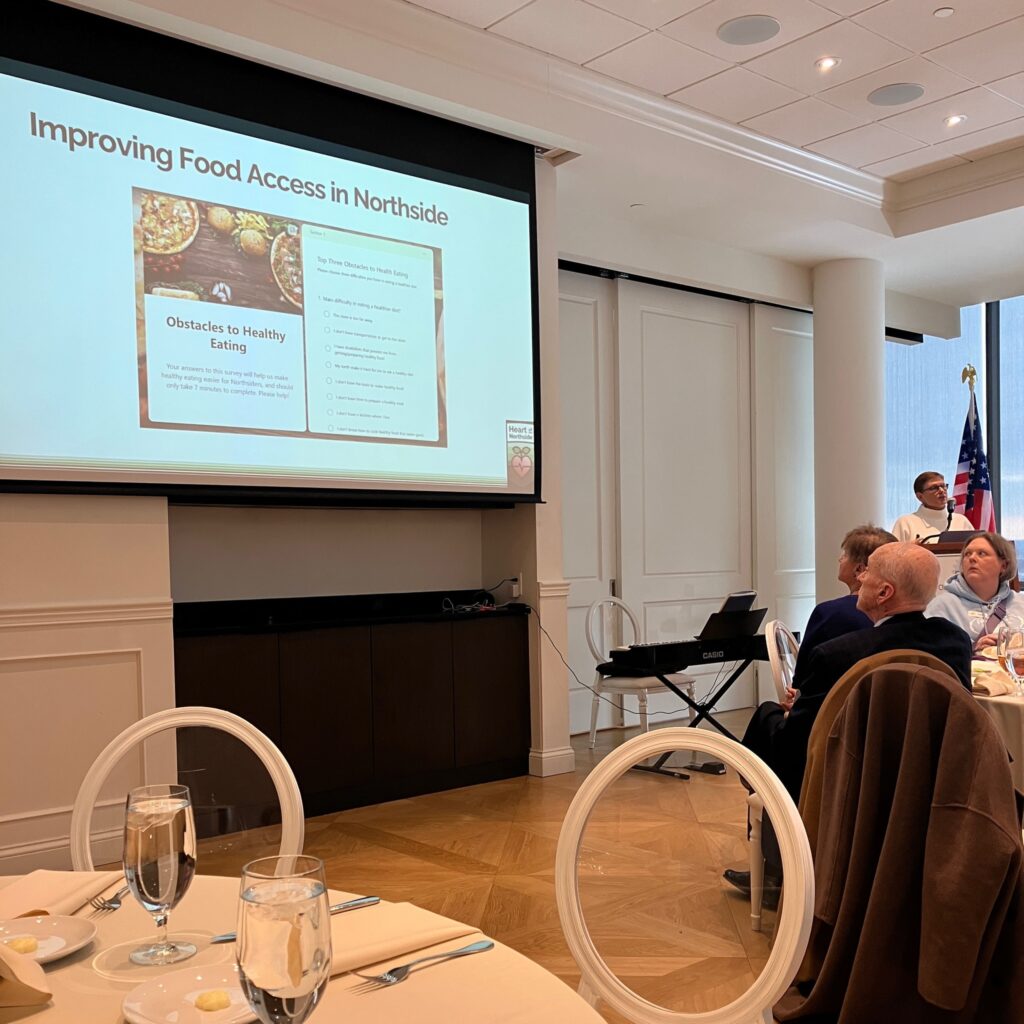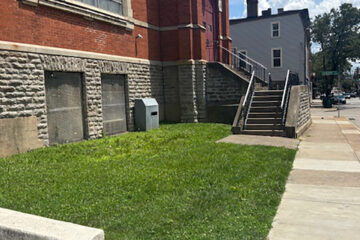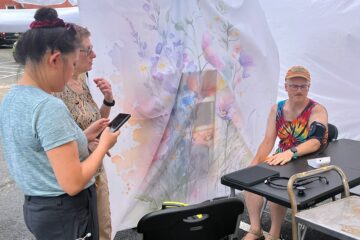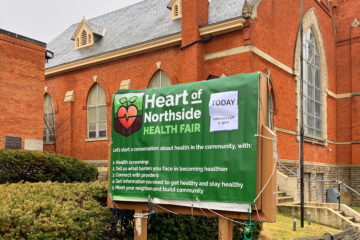
I think a lot about health. As a cardiologist in an academic health center, most of my time is spent with people in various states of health – from imminent death, to fear about a symptom that we find is easily treatable.
I now see that this experience of health and illness was distilled, made more potent by the amount of work required for people to come to see me in my “ivory tower.” Beyond the day-to-day work of life, my patients must have a reason to make the effort to find the right physician, get an appointment, arrange to miss work or otherwise change their routine, find a ride, or make a special trip to come to see me – often far from their homes.
For many, things would have to go terribly wrong with their bodies for them to make this trip. They are not to blame for this, we’ve just made it incredibly difficult.
My foray into community health arose from the observation that while we waited for our patients to make this gargantuan effort to come to us, we lost the opportunity to prevent terrible health conditions from happening in the first place.
In frustration, many in the health profession “tut-tut” patients for not coming in sooner. But what I see is that our society gives people more information on what deodorant to use than how to take care of their own hearts. In fact, much of the heart disease we see in our clinics could have been prevented had people had the information and the tools they needed.
We must rethink how we deliver healthcare. In my view, one of the most important changes is to bring medical services back into communities. In this way, we can reach people before their health becomes a problem.
People must know enough about their health to know when to be concerned, to have the vocabulary to ask questions, and to feel like they can act on the information they receive. In addition, we must be helping people understand HOW we know WHAT we know so that people can trust the information they receive.
I talk a lot about hypertension (high blood pressure) because it is a major cause of heart attacks, heart failure, strokes, vascular disease, and kidney disease (what we call “cardiovascular disease”). Cardiovascular disease is the number one killer of men and women in America, and has been for over a century. But we can reduce our risk of developing heart disease through education in the community, and reducing barriers to healthy eating and exercise. We can live longer and healthier lives.
The photo shown here is of a talk I gave at the Rotary Club of Cincinnati, describing steps I’ve been taking in Northside, through various Heart of Northside initiatives, to address some of these challenges. If you’d like to help, please fill out the brief Obstacles to Healthy Eating survey!
Please reach out if you have questions!


